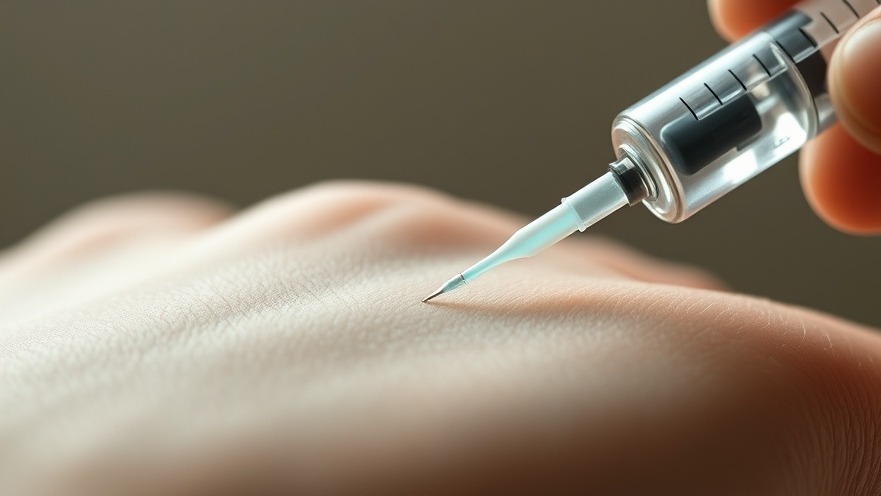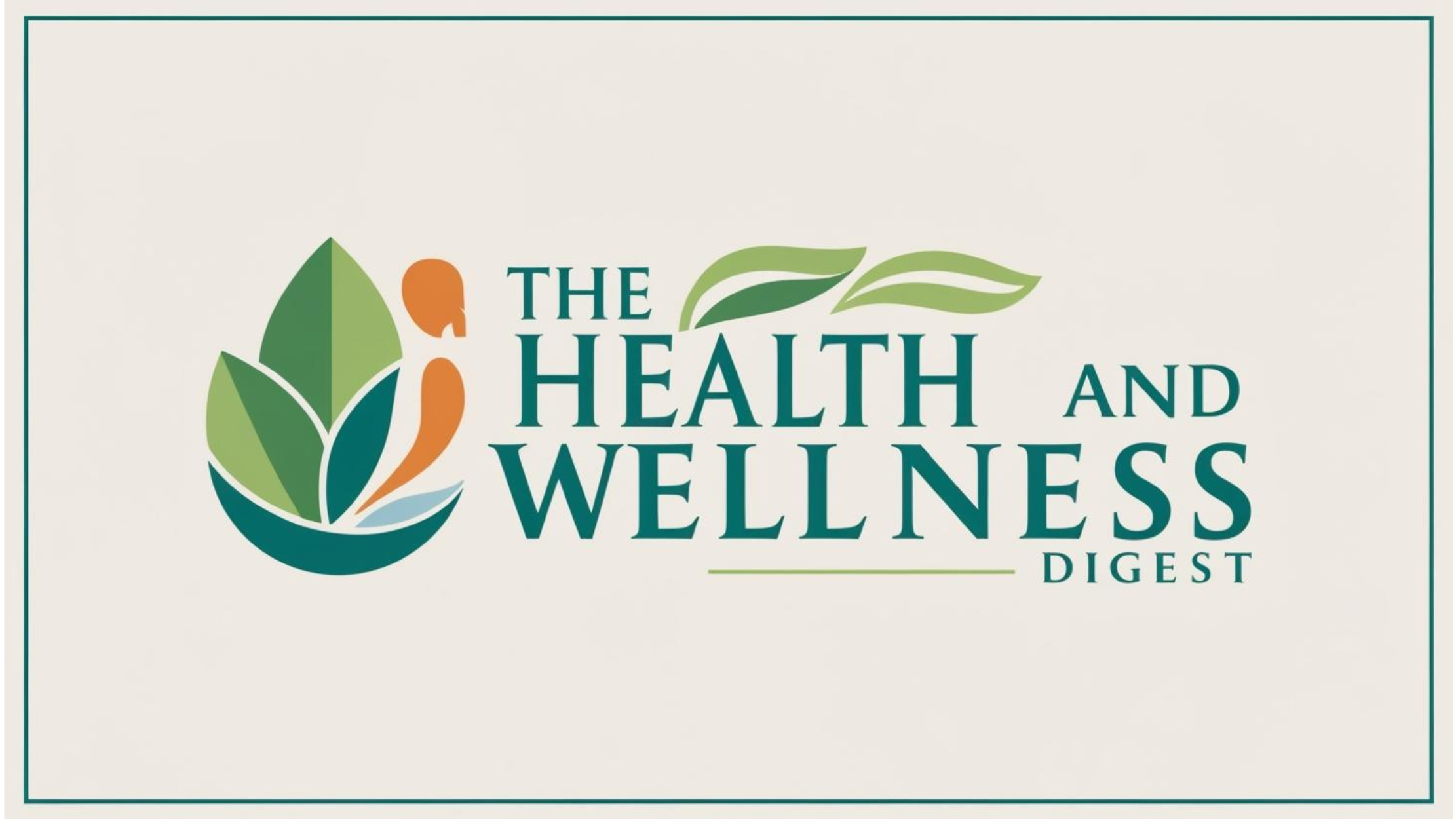
Unlocking Healing: The Science Behind PRP Therapy
Platelet Rich Plasma (PRP) therapy has emerged as a powerful tool in modern medicine, providing a non-invasive alternative for individuals seeking relief from pain and inflammation. By harnessing the body’s natural healing capabilities, PRP therapy is proving to be a game-changer for many patients.
What Is PRP Regeneration Therapy?
At its core, PRP therapy utilizes a concentration of platelets derived from your own blood. These platelets are rich in growth factors, which play a crucial role in the body’s healing process. After a small sample of blood is drawn, it undergoes a centrifugation process to isolate the platelets. The resulting plasma, filled with healing properties, is then injected into areas of injury or discomfort.
How PRP Therapy Alleviates Pain Naturally
Unlike conventional treatments such as corticosteroids, which often provide only temporary relief, PRP therapy supports the body's innate healing response. When injected, the platelets release signals that reduce inflammation and stimulate natural healing. This process can lead to significant long-term improvements in pain management, making PRP an appealing option for many.
Benefits of PRP for Tissue Regeneration
The growth factors in PRP do more than merely reduce inflammation; they actively promote tissue repair. This aspect is particularly beneficial for patients suffering from early stages of arthritis, tendon injuries, or cartilage degeneration. By stimulating the production of new collagen—a key structural protein in tendons and joints—PRP therapy encourages comprehensive recovery.
Procedure Overview: What to Expect
PRP therapy is known for its convenience and minimal invasiveness. Typically performed in an office setting, the entire process lasts about an hour. After blood is drawn and processed, injections are administered under sterile conditions. Because the treatment utilizes the patient’s own biological material, the risk of allergic reactions is significantly mitigated.
Recovery and Expected Outcomes
Patients can expect some localized soreness or mild swelling in the treatment area for 24-48 hours, which signifies the body’s healing response. To enhance the healing process, avoiding anti-inflammatory medications post-treatment is essential. Most individuals can resume their regular activities within a day or two, with noticeable improvements within two to six weeks, continuing to evolve over several months.
The Future of PRP in Medical Treatment
As PRP therapy gains traction, ongoing research continues to explore its potential across various medical fields. From orthopedics to aesthetics, the implications of growth factor-rich plasma injections are vast. Predictions suggest an increase in its adoption not only for injury recovery but also preventative measures in sports medicine and age-related degeneration.
Empowering Patient Choices: A Positive Health Perspective
For health-oriented adults seeking alternatives to traditional pain management, PRP therapy represents a beacon of hope. Understanding this treatment option empowers patients to make informed decisions about their health care. By choosing natural, holistic healing methods, individuals can potentially reclaim their quality of life.
In conclusion, with low risks and minimal downtime, PRP therapy stands out as a compelling option for anyone grappling with chronic pain or the effects of aging. If you’re looking to explore this innovative treatment and its benefits, consult your healthcare provider to see if PRP therapy is a fit for your wellness strategy.
 Add Row
Add Row  Add Element
Add Element 



 Add Row
Add Row  Add
Add 


Write A Comment